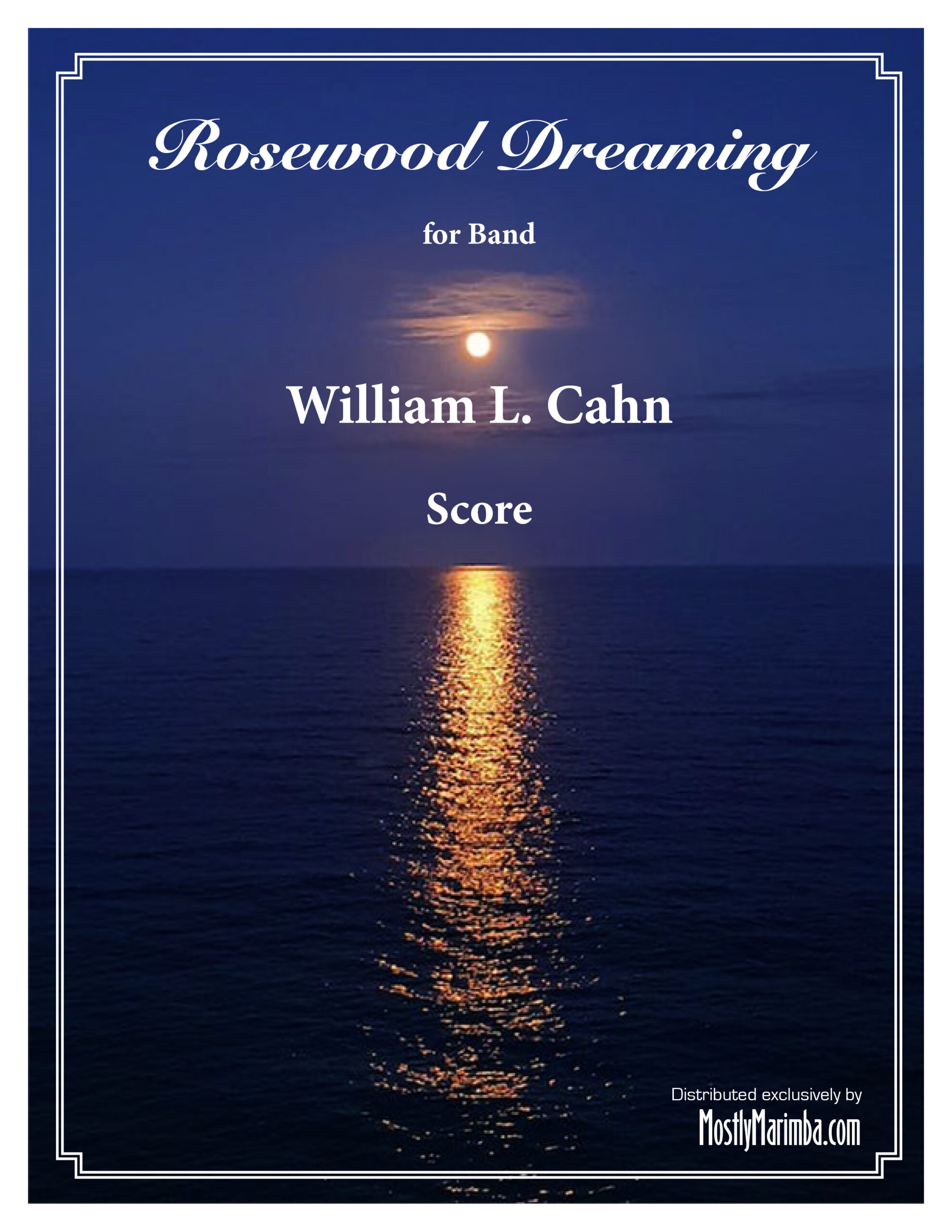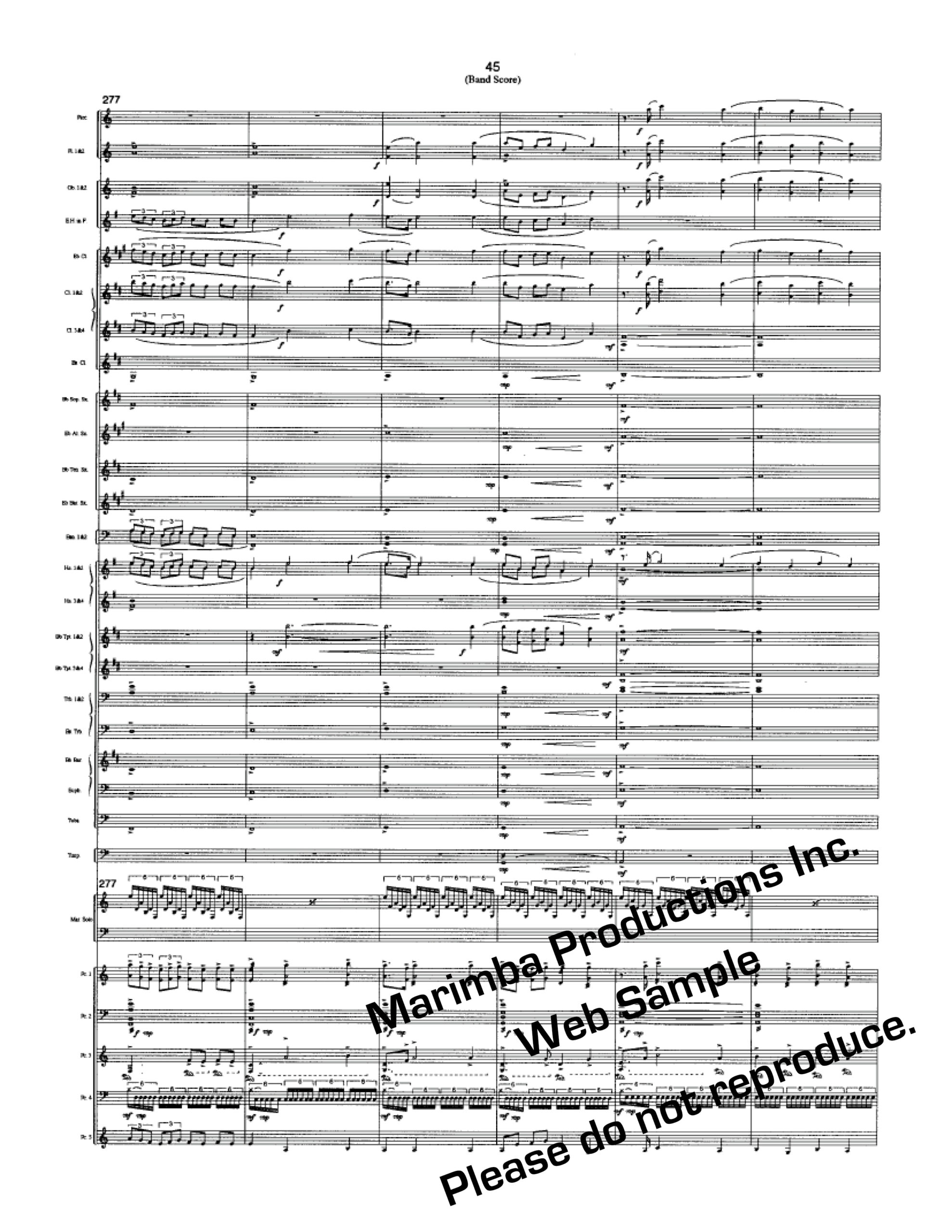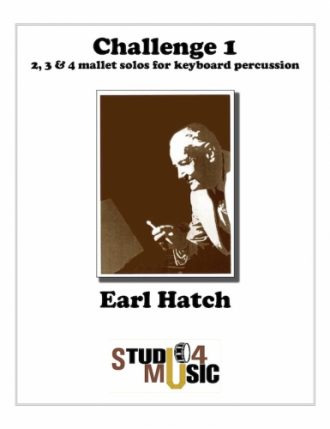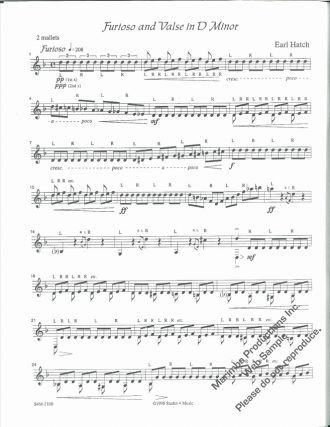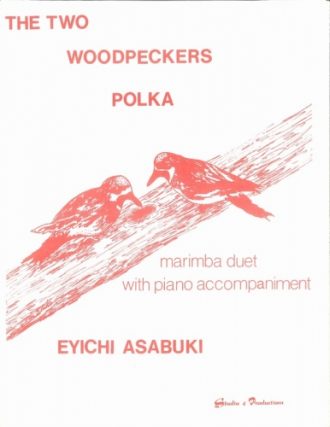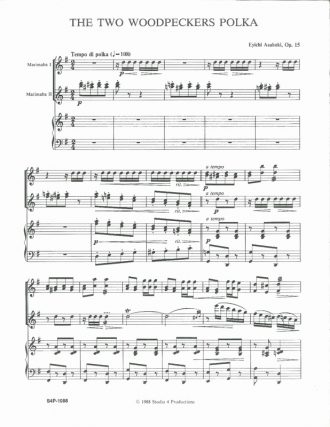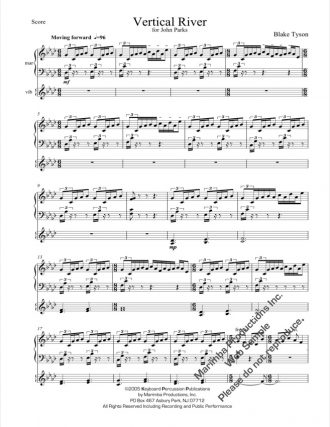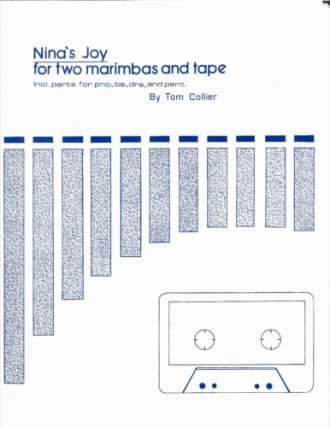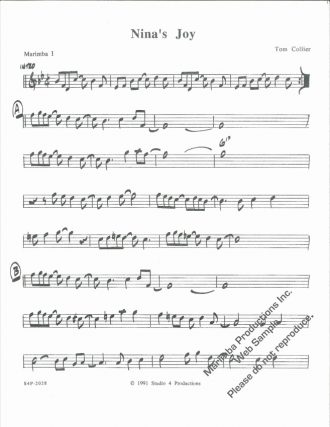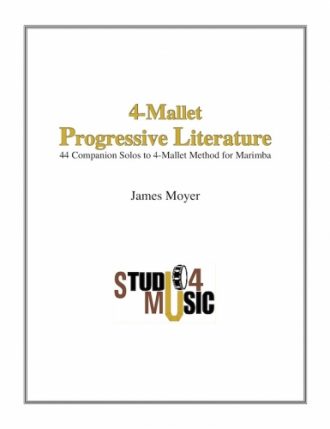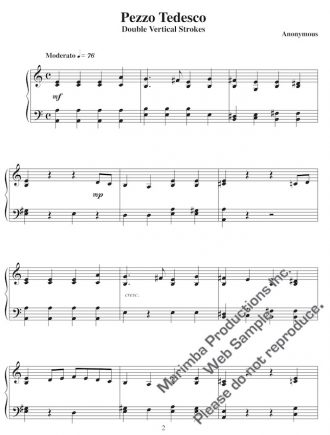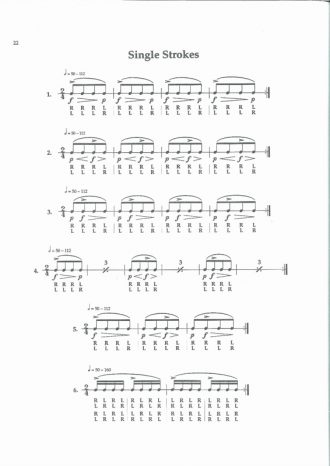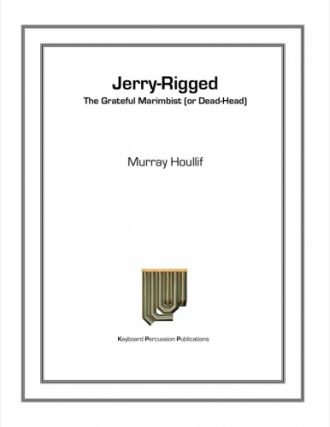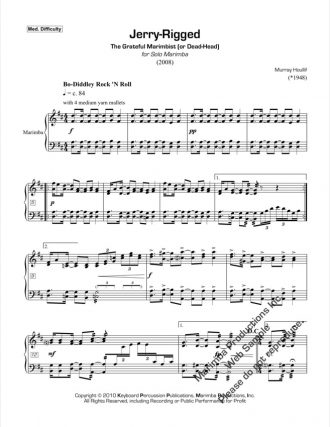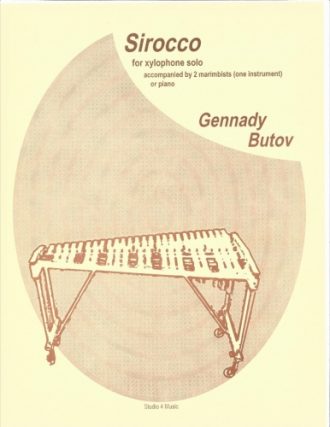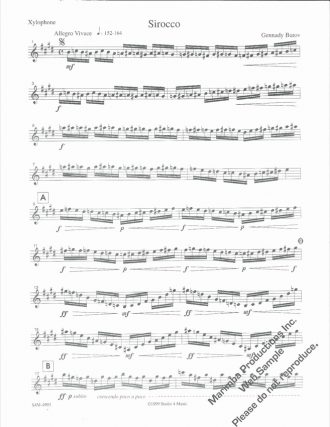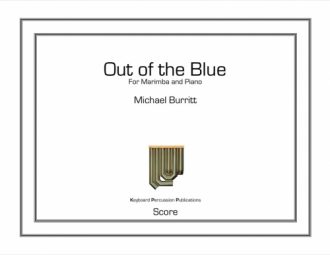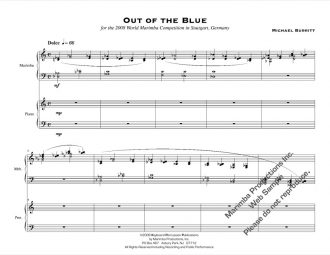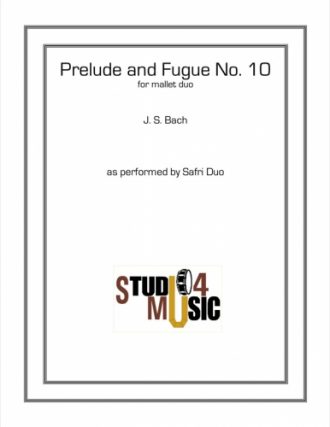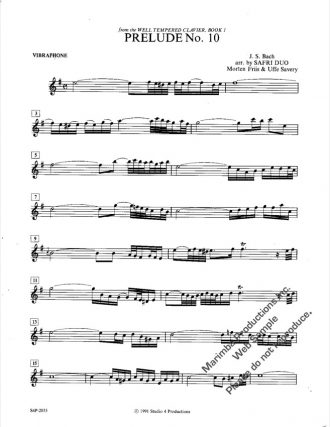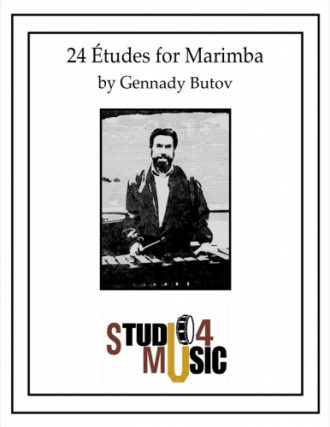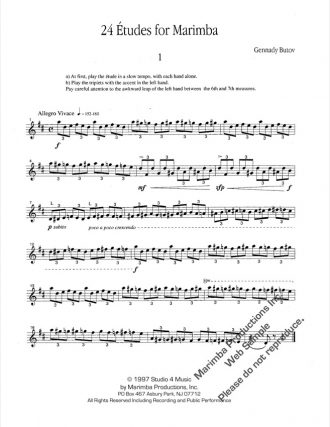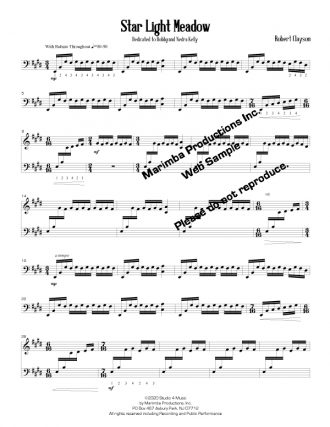Rosewood Dreaming was composed with a number of performance options intended. The work is meant to be flexible enough to be presented in a variety of performance modes, thereby increasing the number of opportunities for the soloist to perform the work after having made a commitment to learn it. It is desired that the soloist who learned the piece will feel free to publicly perform it in the mode that best suits his or her needs. Options may include the following:
- performing the entire score with or without cuts
- selecting only one of the movements for performance with or without cuts
- performing any combination of 2 movements for performance with or without cuts
- performing with percussion ensemble accompaniment
- performing with orchestra accompaniment (with percussion ensemble)
- performing with orchestra accompaniment (without percussion ensemble)
- performing with concert band accompaniment (with percussion ensemble)
- performing with concert band accompaniment (without percussion ensemble)
- performing with piano & MIDI accompaniment
Rosewood Dreaming was composed between October 1996 and December 1997 for Leigh Howard Stevens, the internationally renowned marimba soloist to whom the composition is dedicated. A single-movement work was originally commissioned by Mr. Stevens and Texas Christian University for a premier performance with the T.C.U. Percussion Ensemble on April 22, 1997. It was scored for marimba soloist and an ensemble of five percussionists, performing on two marimbas, a vibraphone, six tuned tom toms, two suspended cymbals, and a glockenspiel. That movement became the third movement in an expanded three-movement concert premiered by Mr. Stevens and NEXUS on March 27, 1998.
The composition is constructed around three principal elements: 1) harmonic progressions of minor triads determined by a “pivot” system in which a pivotal note is selected from the active triad to be shared by the following minor triad; 2) solo and ensemble combinations of short, cyclic phrase-patterns which provide an underlying field of motion; and 3) overlying melodic lines which are presented by both the soloist and the percussion ensemble.
The title was derived from a vaguely perceived association between two seemingly unconnected words. Rosewood is the natural material form which marimba bars – with their warm and resonant tones – are made. Dreaming is a state of being in which thoughts and images pass freely through the mind, sometimes following a logical, orderly flow and sometimes making illogical connections. Anything may seem possible in this state of being. Meanings are personal and are ultimately drawn from one’s own reflection. Words from a familiar children’s song are also appropriate… “life is but a dream.”
82 page score, arranged for Percussion Ensemble (39 parts)

